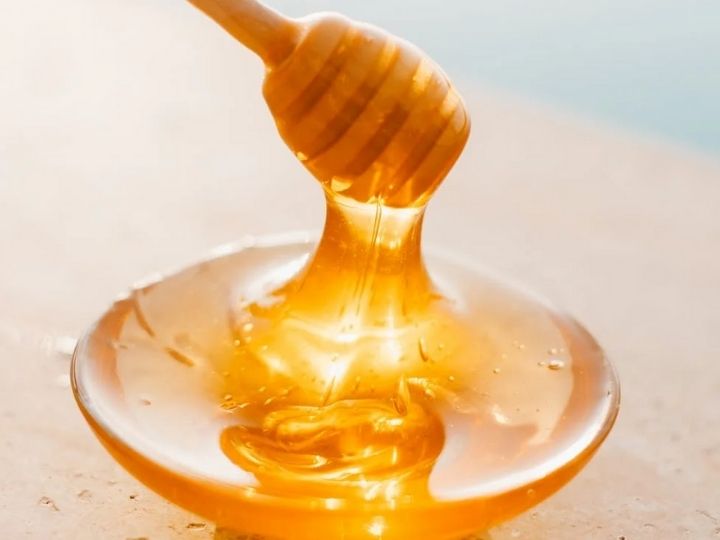

Adulteration and mislabeling of honey to mask its true origin has become a global issue. To evade tariffs or sanctions, some illicit importers slap fake labels on the honey, indicating it is from a different country of origin. Some unscrupulous honey peddlers substitute cheap honey into bottles of the expensive stuff. Even others “water down” honey adding in cheap ingredients like syrups and sugar.
To fight those who fake the real thing, the Science and Technology Directorate joined forces with the Borders, Trade, and Immigration Institute (BTI) for the Honey DNA project, investing in cutting-edge forensic science that can quickly and efficiently determine the true origin of honey. BTI is an Emeritus Department of Homeland Security (DHS) Center of Excellence led by the University of Houston College of Technology.
“This project developed a means to identify the country of origin of honey using the DNA in pollen and DNA dissolved in filtered honey,” said Kurt Berens, executive director of BTI when it was under the DHS.
Through the Honey DNA project, BTI was able to establish techniques that will help mitigate fraud and provide authentic and safe food for consumers. BTI recently published a report on the findings, including assembling country-specific plant DNA sequences from 300 honey samples, and successfully isolating soluble trace DNA and sequencing it from pollen-free, filtered honey.
One plant species of particular interest is manuka, as manuka honey can fetch an extremely high price, sometimes more than 100-fold higher than other honey types.
“We collected 37 honey samples labeled as ‘manuka honey,’ of which 21 so far passed our strict sample filtering criteria,” said Richard Willson, Huffington-Woestemeyer Professor of Chemical and Biomolecular Engineering and principal investigator on the Honey DNA project. “We detected reads matching manuka (Leptospermum scoparium) in nine out of the 21 samples. The highest count of manuka reads was detected in a New Zealand sample with 4.26% (379/8884) of reads originating from manuka.”
Willson and his team of scientists developed methods for sequencing DNA not only from whole pollen grains in unfiltered honey, but also from the small amounts of DNA leaked from broken pollen grains in filtered honey.
“The Honey DNA tracing methods could find broad applications in other types of forensic cases, including identifying the species of other natural products, and even tracing the origins of shipments, narcotics and people,” said Willson. “Also, the DNA sequences obtained from this project will enrich the public DNA database and help link occurrences of source plants across the world for a more precise identification of honey origin.”
In a recent lawsuit, U.S. beekeepers claim counterfeit honey from Asia has caused prices to plummet and forced them into financial ruin.